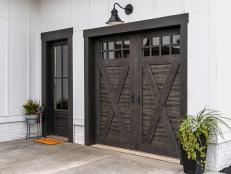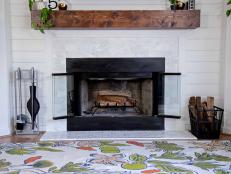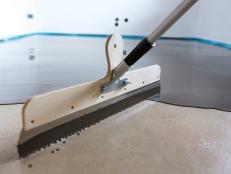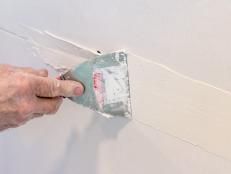Chimney can be Shortened if Truly Unused
Question: My husband is replacing our roof. He is adding a roof turbine with a thermostatic control to reduce the heat in our attic (old, wood-frame house). He is considering tearing down the chimney because we have just installed central heat and air. Our old furnace was gas in the crawl space. Since we no longer need the chimney, can he tear it down at roof level and just cover the opening? Are there any potential problems with this that we may not have considered, especially as far as resale value in the future?
We also may have a settling problem with the home's foundation. The foundation wall between the ground and the bottom of the house is covered in stucco, which is bulging out in places and cracking. We're also getting deeper cracks in the stress places on walls and ceilings at the top of the doorframes inside than we've ever had before. What type of person advises regarding problem/repairs of this type and what kind of person repairs these things? How can we know they're knowledgeable and reliable?
Answer: Are you sure the chimney is no longer used? Assuming the chimney is in the middle of the home, and not on the exterior, the chimney may have been used not only by the old furnace but also by a gas water heater. Removing the chimney without providing a new flue for the water heater could fill the home with deadly carbon monoxide gas.
If you are absolutely sure the chimney is no longer used by any of the home's fuel-burning appliances, then, yes, by all means, take the chimney down below the roof. Anything that projects through the roof is a source for a leak just waiting to happen.
When selling the home, simply disclose to the buyer the presence of the old chimney and why you removed it. Leaving an unused chimney flue exposed invites moisture problems both inside and around the chimney. The open flue will be a vent to channel cold air into the home.
Foundation settlement is not at all uncommon and can be caused by one or more of the following conditions: hillsides slide downhill; clay soils shrink when dry; sandy soils liquefy with heavy rains or flooding; and seismic activity can rattle the whole foundation. Homes near areas of heavy traffic, industrial zones or mining operations also are subject to foundation jitters.
Start your investigation with a qualified home inspector, one who is a member of NAHI (National Association of Home Inspectors) or ASHI (American Society of Home Inspectors.)
(Dwight Barnett is a certified master inspector with the American Society of Home Inspectors.)













































